While creatures like werewolves and vampires enjoyed respect among filmmakers and viewers, zombies were largely left out, and they joined the party only after 1968. What George A. Romero started in 1968 with his groundbreaking film Night of The Living Dead continues till today in films like Zack Snyder’s latest zombie film Army of The Dead.
Films like John Carpenter’s Halloween, Sean S. Cunningham’s Friday the 13th, and Wes Craven’s A Nightmare on Elm Street, have clear indications of their influence from Romero’s genre-defining work.
In the meantime, the genre was kept alive in various films with intelligent twists by several filmmakers over the period of time. Filmmakers like Dan O’Bannon, Fred Dekker, and Stuart Gordon toyed with the zombies and painted the films with their own cinematic colors. However, the genre soon went out of fashion as every second horror film began to star hordes of flesh-eating, brain-sucking and blood-thirsty zombies.
With the beginning of the new millennium, films like Danny Boyle’s 28 Days Later and Zack Snyder’s Dawn of the Dead redefined the genre once again. Many people began to refer to these flicks as “contemporary zombie films.”
The zombies spread like a fortunate epidemic over countries once more, and numerous indie filmmakers began to explore and expand the notion beyond the norms of a conventional zombie horror picture.
Comedies like Shaun of the Dead and Pontypool were well-received, international films like REC and The Horde were well-received outside of their home countries, and films like Mulberry Street included ingenious surprises like DNA mutations. However, the boom of zombie films over the last four decades has created a choice paradox: we have so many options that we don’t know which ones to choose.
As a result, Marvelous Videos decided to assist you, our faithful friends, and we compiled a list of the 10 best zombie films, all of which are good in quality, have a dark tale, an intense atmosphere, and truly spine-chilling situations. So close your doors and windows and crawl under your blankets because the next few minutes are going to be both terrifying and educational.
28 Days Later (2002)
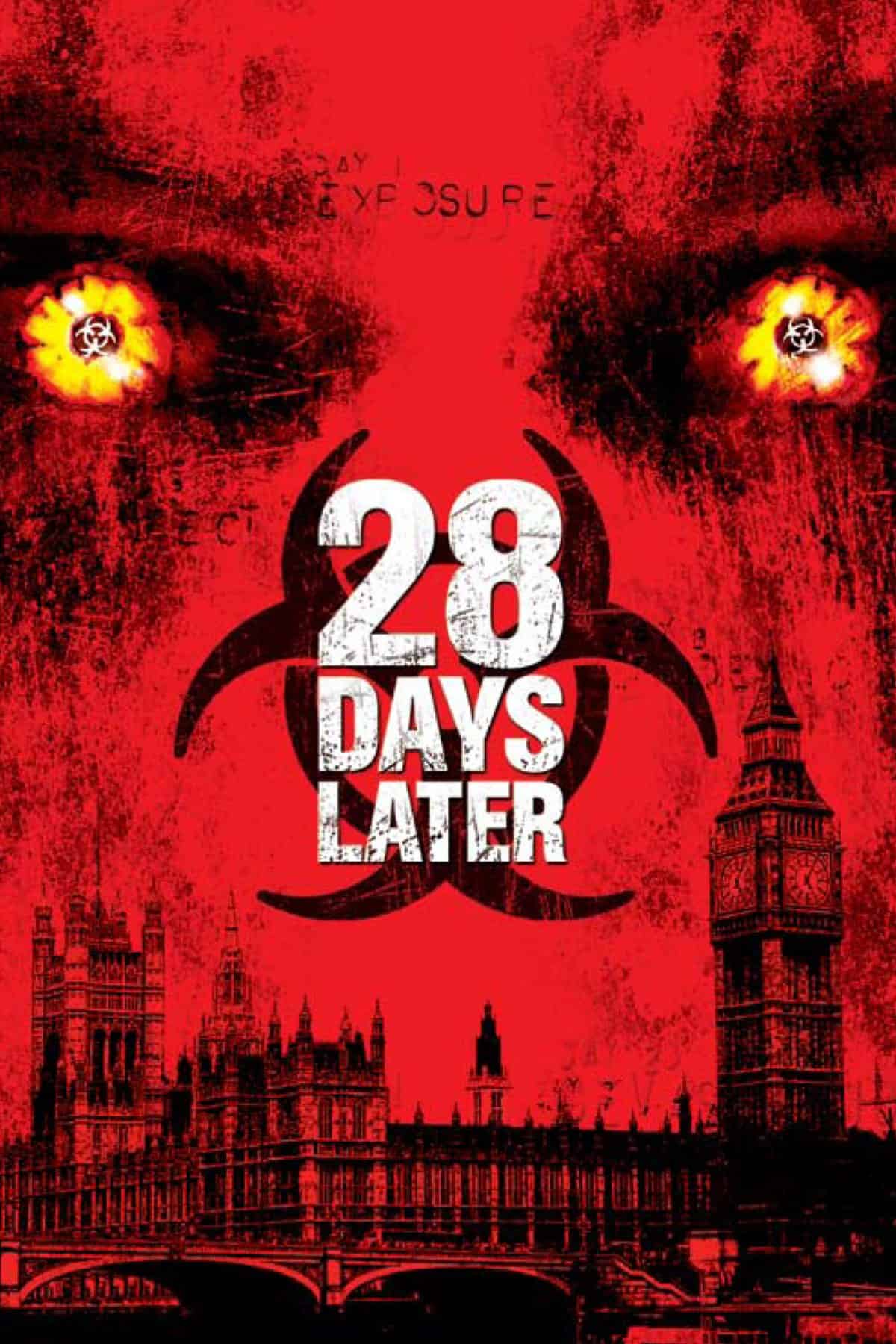
A group of activists break into a Cambridge research facility in order to release chimps. They disregard the fact that the chimps are sick with Rage, an exceedingly contagious virus. By producing wrath, the virus causes its host to become violent.
A female activist gets bitten and infected by a newborn chimp, who then attacks and infects all other campaigners. After waking up from a coma 28 days later at St. Thomas’ Hospital in London, a bicycle courier named Jim discovered the hospital, as well as the city, to be completely empty and abandoned, with biohazard notices posted all over the place.
The infected find and chase him, but he’s saved by Selena and Mark, who use a makeshift Molotov cocktail on the infected. The savior couple takes Jim to their hideout in an underground station.
Later, they head to Jim’s parents’ house, where Mark gets infected and is put down by Selena. Selena and Jim meet a cab driver named Frank and his daughter Hannah. Frank tells them about a radio broadcast that asked survivors to reach a military outpost and containment zone outside Manchester for safety. However, the military has its own nefarious plans.
After the premiere of 28 Days Later, Danny Boyle’s filmmaking abilities were widely praised and recognised. The film pitches itself as an unnerving, bleak, and unrelenting narrative of London’s undead.
Alex Garland authored a well-researched and thorough script, which contributed to the success. Garland and Boyle didn’t want to make a zombie movie in the traditional sense. You’ll notice that the word “zombie” isn’t mentioned in the synopsis, and that’s because Boyle never considered the infected to be zombies.
As a result, the undead and violent character of the film’s zombies is caused by a highly infectious virus such as Ebola. Garland and Boyle did extensive research about Ebola and the symptoms of the film’s virus are the same as Ebola’s. So, they tapped into the fear of humans towards infectious diseases instead of the brain-eating nature of zombies.
Secondly, the post-apocalyptic London was also based on real-life situations such as the social unrest in Rwanda and Sierra Leone. A well-researched film tends to leave a mark on the viewers. Danny Boyle employed various techniques to ensure that the viewers felt the dread of the characters.
Throughout the film, one may notice that hope and despair follow each other in a sequence. Ultimately, it’s the realism of the film that provides the slashing gravity. For the film, they actually blew up the Canary Wharf petrol station.
The film redefined the way zombie flicks were made, and it employed designs of chaos and anarchy where the society is left at the mercy of a few fringe groups with guns and power. With an average level of gore and optimum level of suspense, and efficient acting by the likes of Cillian Murphy, Brendan Gleeson, and Naomie Harris, 28 Days Later is one of the best horror flicks of the 2000s.
REC (2007)
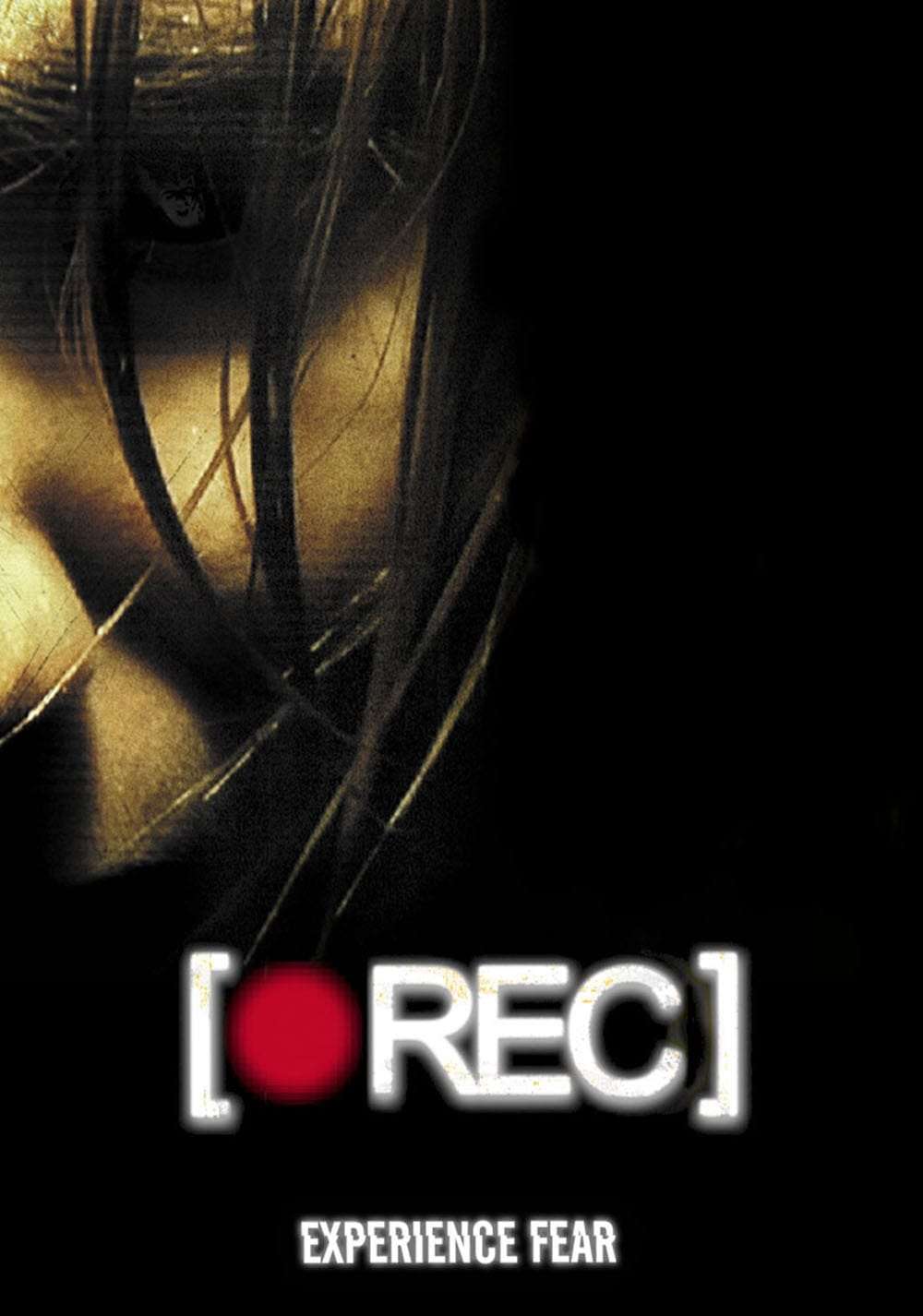
Reporter Ángela Vidal and her cameraman Pablo cover a Barcelonian fire station at night for their TV documentary series named While You’re Sleeping. The fire station gets a call about an older woman trapped in her apartment and screaming.
Angela and Pablo arrive at the building with firefighters Lex and Manu and follow them to the old woman’s flat. As they got closer, the woman attacked and bit the ear of a police officer who was keeping an eye on things.
When Manu and the others arrive downstairs with the injured officer, they discover that the building has been locked and quarantined by cops and military. The entire community had assembled in the lobby. Before killing another girl, the older lady pushed Alex over the stairwell railing.
Another cop, Sergio, who was there at the time, shot and killed the older lady. Angela and Pablo begin investigating the locals and discover Jennifer, a sick girl whose dog, Max, was with the veterinarian.
As the people begin to panic, a government health inspector in a hazmat suit arrived to inspect the injured and diseased. But Jennifer turned violent and fled upstairs after biting her mother, and a few others also turned hostile.
These people were locked in the building’s warehouse. The health inspector revealed that the government found a rare form of rabies in a dog tracked to the building they were standing in—meanwhile, the infected break out from the warehouse.
It’s a 2007 Spanish found-footage horror film. Writers and directors Jaume Balagueró and Paco Plaza made this highly acclaimed horror flick, and its core strength is that it is not glossy or predictable.
Its handheld style of cinematography gives a grim sense of conviction and radiates horror. Throughout the run time, we see that the cameraperson filming the events knows where to look, but by the time they focus the camera on the subject, it is too late, and someone is dead, or something terrible has happened.
The story revolves around a virus and eventually takes an unexpected detour into the supernatural realm, yet the suspense keeps you on the edge of your seat until the very last second. The concepts of claustrophobia and imprisonment work quite well in the film.
Because the army and police have them cornered, the characters are forced to stay with the devil. Trying to flee would result in a gunshot, and staying inside would mean a terrible end. Rec demonstrates that a very scary zombie film can be made without announcing that it’s a zombie film or painting the screens crimson with blood.
The Dead (2010)
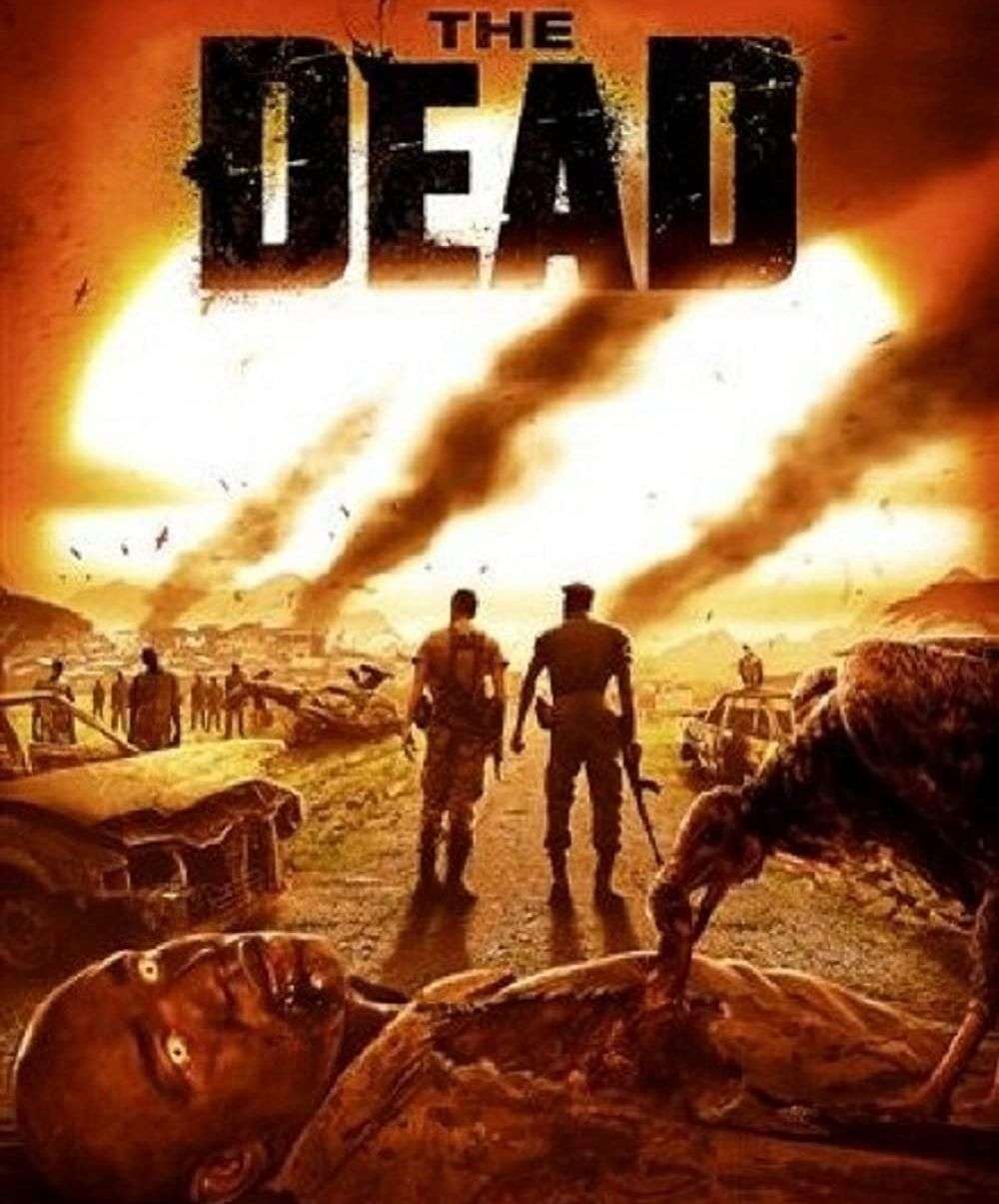
Lieutenant Brian Murphy, a United States Air Force engineer, was flying out of Africa on a survivor plane when it crashed somewhere off the coast of West Africa. The prospect of a zombie onslaught remains large in Brian’s mind after zombies decimated several areas in the neighbourhood the night before.
Following the incident, Brian gathered whatever supplies he could from the wrecked jet and set off on foot in search of safety. He repaired a broken-down truck and drove away, only to become caught in a pothole. He was saved by a local soldier named Daniel as hordes of undead approached.
His wife was killed by the zombies the night before, and his son wound up at a military base a few hundred miles distant as a survivor. The men agree on the deal, but the journey to the airport remained fruitless. The two of them decided to stick together and watch each other’s backs while they traveled to the military camp, which now was their common destination.
The journey was a long one and it was unsafe to travel by night, so they made base camp at a local village that was converted into a small safe house for survivors and was guarded by the local soldiers.
The next day they begin their arduous journey, but their truck gets into an accident, and they are forced to travel on foot, and of course, they are now more vulnerable to the crazed zombies.
While sleeping by a fire, a zombie hoard attacked them in the dead of night. Although they survived, Daniel succumbed to injuries and just before dying, he left the huge responsibility of finding his son upon Brian’s shoulders. Brian now needed to finish the last leg on his long journey on foot and take care of his undertaken responsibility. Will he survive?
This film by Howard J. Ford, Jonathan Ford, transports you to a place where all you can do is pray for the characters, much like the wide and merciless setting of African landscapes.
Unlike many horror films, this one has a moral seriousness to it, which only helps in relating to the characters of Lieutenant Brian Murphy and Sergeant Daniel Dembele. Furthermore, the zombies in the film are depicted as a relentless force of destruction, something like time itself.
There’s no way to stop them or find a cure against them, and all one could do is run away as far as possible and hope never to face them again. At its worst, The Dead is a film that can be discarded as a zombie flick that got overwhelmed in its own setting and metaphors of African violence.
At its best, it can be hailed as a modern zombie film that brings back memories and the cinematic style of Sergio Leone and his Spaghetti Western genre with long wide shots. The film had a sequel, The Dead 2: India, but it lacks superbly on the acting front.
Rammbock: Berlin Undead (2010)
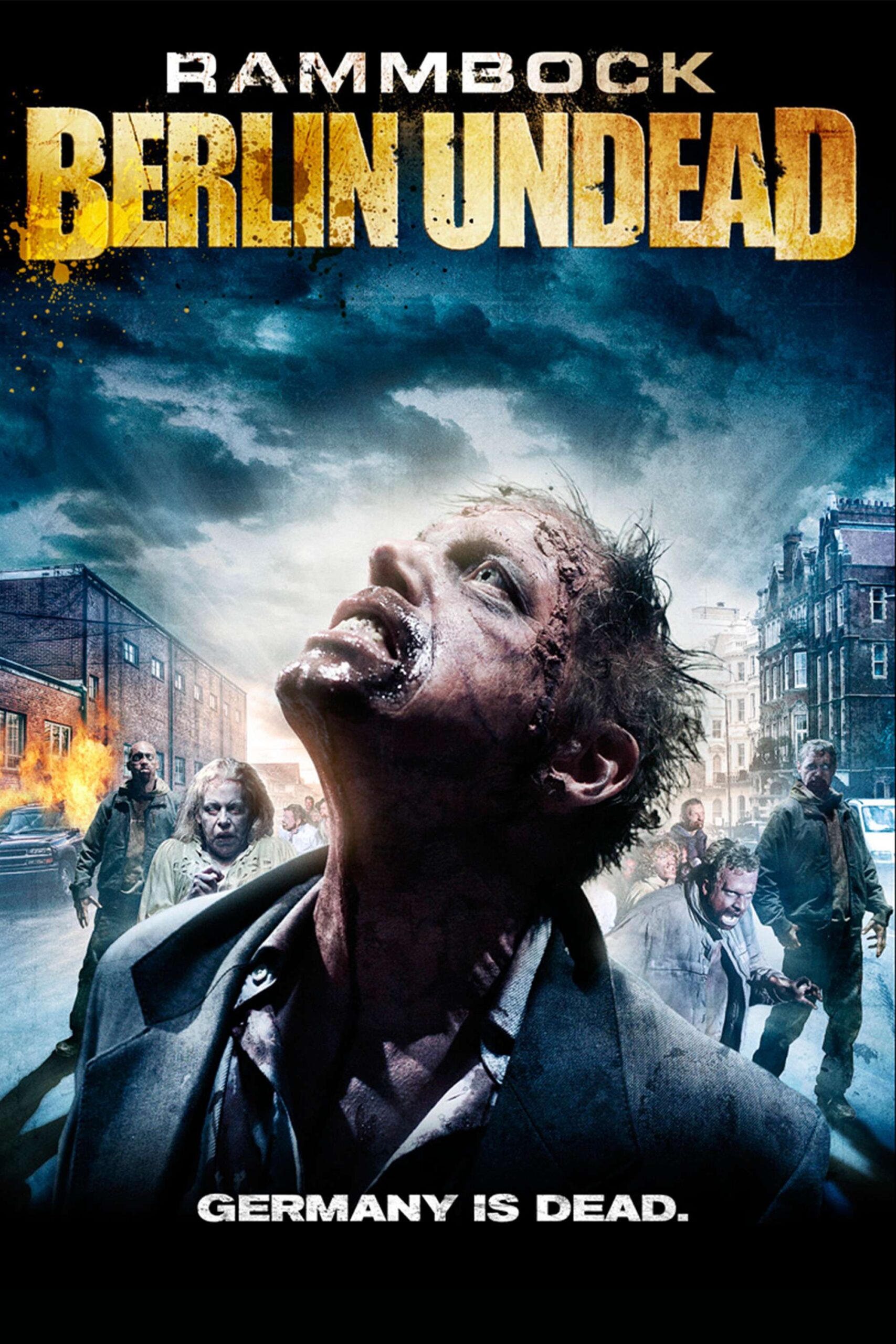
Michael is dropped off at an apartment complex by a buddy. Instead, he discovers a plumber and his helper Harper in his girlfriend Gabi’s flat. Michael inquires about his girlfriend’s whereabouts, but the men appear to have no idea. The senior plumber suddenly goes into spasms and attacks the other two plumbers.
Harper and Michael are able to flee and barricade themselves inside the flat. People are clawing, mauling, and killing each other in a zombie-like frenzy outside the window and in the courtyard.
They turn on the TV to learn that the city is experiencing what can only be described as a zombie apocalypse. When the television went out, they turned to the radio to know more about the situation.
All this while, Michael is wondering about his girlfriend and what state she must be in. The two men try and make contact with the other residents of the apartment who have survived. All the residents come together and act as a team in this moment of peril.
It is learned that the incubation period of the virus can be extended by using sedatives and the infected themselves are sensitive to harsh light. Michael uses his technical talents and spatial geometry understanding to build a homemade bicycle cart that can hold electronic flashes.
The goal is to go to a rowing boat and then to a larger vessel in wide waters, where the illness is said to be safe. Will Michael discover his beloved even if he arrives at his destination?
This 2010 German horror film directed by Marvin Kren and written by Benjamin Hessler excels because of its short run time of just over 60 minutes and secondly because of how it makes you think than what it shows you.
Michael and Gabi’s heartbreaking love story raises one simple question: how far can one go in love? Despite being a zombie picture that has wowed many horror enthusiasts around the world, the film also appeals to the general public.
The gore in the film is limited to that which serves its purpose and does not blow up in your face, but the fear factor is clearly high because to Marvin Kren’s vision and camera positioning.
Despite having the typical melancholy and depressing undertone, Rammbock defies the conventions of a traditional horror picture. It delves into the character study and the intricate relationship that people share when they need to work together to keep their heads and hopes high in a situation of absolute despair.
Night of the Living Dead (1968)
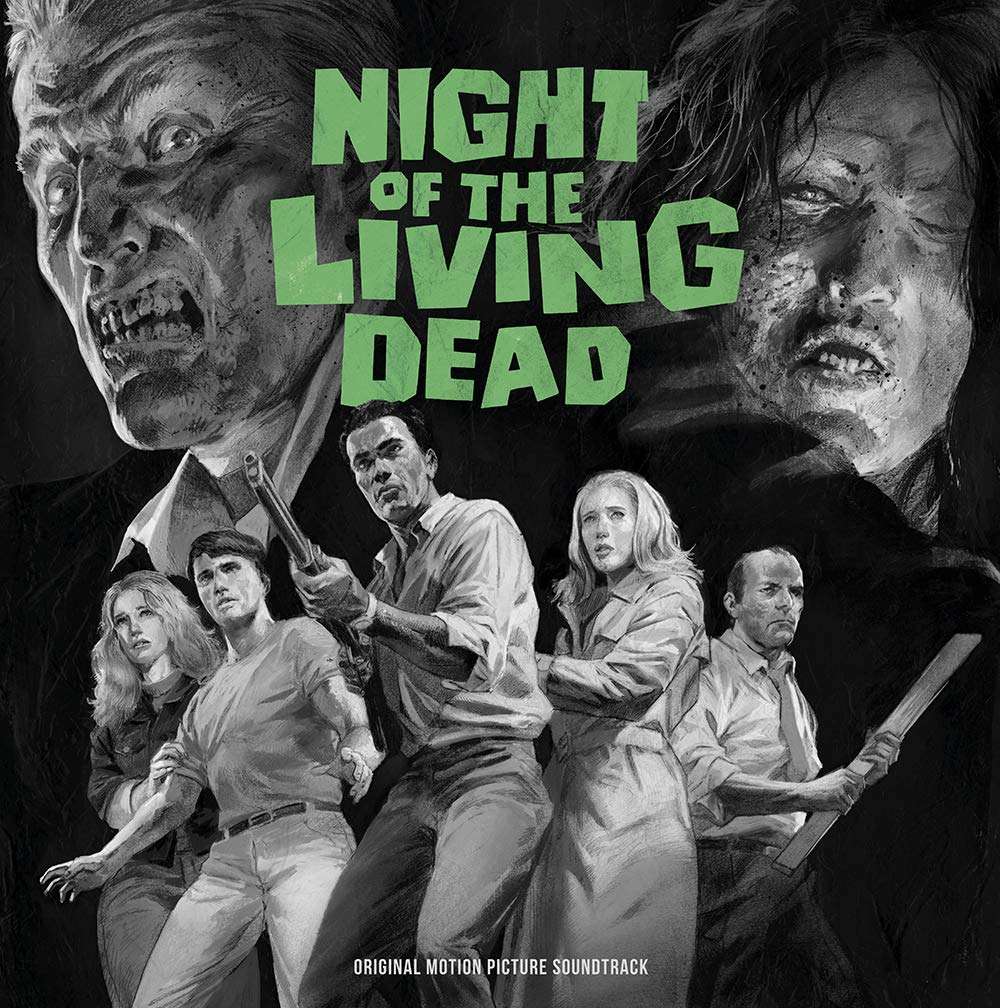
Barbra and Johnny were visiting their father’s burial in a rural Pennsylvania cemetery. An zombie older man strikes the siblings as they leave the cemetery after paying their respects to their deceased father, murdering Johnny.
Barbra flees for her safety into a nearby farmhouse, where she discovers a woman who is half-eaten and dead. Barbra finds herself in a tight place as the undead ghouls assemble around the farmhouse, but to her joy and delight, a guy named Ben appeared out of nowhere and scared the cannibalistic intruders away with fire and his lever-action rifle.
Despite being rescued, she developed a problematic mental state, exhibiting weird and unpleasant behaviour and movements. Barbra discovers that there were others taking shelter at the farmhouse.
Harry Cooper had come with his wife Helen and young daughter Karen. The hungry monsters had attacked the family in their car and bit Karen, who now was seriously ill. Judy and her boyfriend Tom had arrived for similar reasons. As Tom was trying to help Ben secure the house, Harry seemed to be more pessimistic and chose to stay in the cellar with Karen and Helen.
Meanwhile, the monsters continue to besiege the farmhouse in ever-increasing numbers. The survivors learn through radio and television that the east coast of the United States has been plagued with hordes of cannibalistic, reanimating corpses. But the only silver lining is that there are posses of armed men and cops who are out there hunting these beasts.
Ben took the lead and determined that they should salvage medical supplies for Karen and left in his truck for a rescue shelter. Ben, Tom, and Judy go to the gas station to refuel the truck, but things go wrong when the petrol spills and the truck catches fire from the torches and Molotov cocktails they’re using to fight the undead.
Ben hurries back to the house to find Karen has converted into a cannibalistic undead, and Tom and Judy’s bodies become the newest meal for the monsters. It’s now up to Barbra and Ben to make it through the night while waiting for an armed posse to come to their rescue.
This film is by far the daddy of all modern zombie films, and naturally, it earned more than 263 times its production budget, making it one of the most profitable ventures in the history of Hollywood. Initially criticized for its over-the-top gore, it became a cult classic in later times, and even critics lauded the film as a masterpiece in the horror genre.
Media outlets such as Empire, The New York Times and Total Film have included George A. Romero’s Night of The Living Dead in their lists of greatest films ever made. A series of factors make the film such a great success.
Romero’s zombies were dubbed ghouls instead of zombies, yet their portrayal as reanimated cannibalistic beings redefined the future of zombies in films. The guerrilla filmmaking techniques elevated the sumptuous gore because the shots were hasty and quick. It added a sense of rush and tension.
The horror was real in scenes where the zombies eat flesh out of people’s bones, and there’s the classic scene of the young Karen feeding off of her father’s corpse. Furthermore, the film successfully maintains a tense and eerie atmosphere by keeping its characters trapped in the dingy old farmhouse, and it finally ends in the most nihilistic of endings, leaving the audience to drown in despair.
Pontypool (2008)
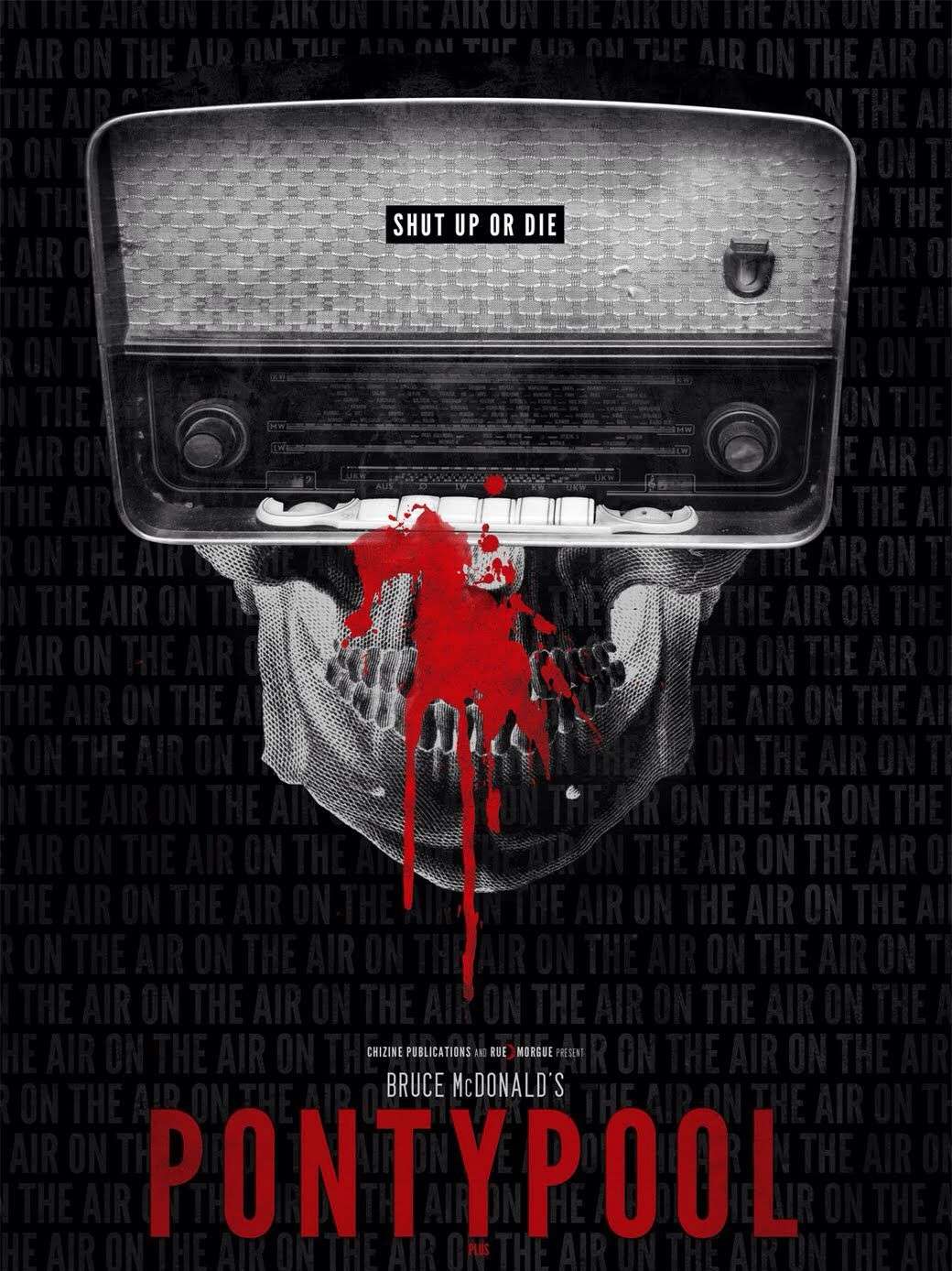
Grant Mazzy works as a radio announcer in Pontypool, a small Canadian town, but his reporting style involves a lot of sarcasm and bluster, which bothers his assistant Laurel and his station boss Sydney.
Ken Loney, the helicopter reporter, calls in to report on a disturbance that has claimed numerous lives and in which the rioters are attempting to eat each other and even themselves. Ken seeks sanctuary in a silo, but is attacked by the rioters, and his phone conversation is interrupted by a French radio broadcast.
Laurel translates the transmission, which instructed not to use terms that reflect endearment, the English language, rhetorical discourse, and of course, to stay indoors. Not before long, Laurel started showing a disturbed mental state and kept repeating the word MISSING, and Sydney and Grant lock themselves in the sound booth.
One Dr. Mendez breaks into the radio station and takes refuge with Grant and Sydney, and he hypothesizes that Pontypool is under a virus outbreak, but the virus only triggers when terms of endearment or certain words of the English language are spoken.
As they talk, Laurel vomits blood and succumbs to the virus, meaning that if the infected fail to find another host, they die. Soon, the horde of cannibalistic, or shall we say, linguistic zombies, break into the radio station, and the only way to survive them is to speak carefully.
Tony Burgess’ novel Pontypool Changes Everything inspired the film. Pontypool is by far the most innovative zombie adaptation. Pontypool succeeds in tightening your throat in anxiety, just to relax it with a rush of laughter in the next scene.
After watching the movie, you’ll see that the infection happens in three stages. First, a phrase of endearment becomes lodged in someone’s head, and they repeat it over and over. Second, their voice and sentences get jumbled, and they struggle to communicate coherently.
These disabilities take a toll on the infected to lead them into their final stage when they become violent and try to chew into the mouth of their victims as if it would help them express what they feel. Director Bruce McDonald described the infected as ‘conversationalists’ instead of ‘zombies.’
However, unlike other films of its kind, most of the action in Pontypool takes place in enclosed spaces which adds to the thrill and suspense quotient. Furthermore, its witty dialogues and wordplay would continue to bite you even after the credits roll. Pontypool is an intensely crafted film with a fresh take on zombie horror movies and a direct sequel named Pontypool Changes Everything is in development.
Clive Barker’s The Plague (2006)
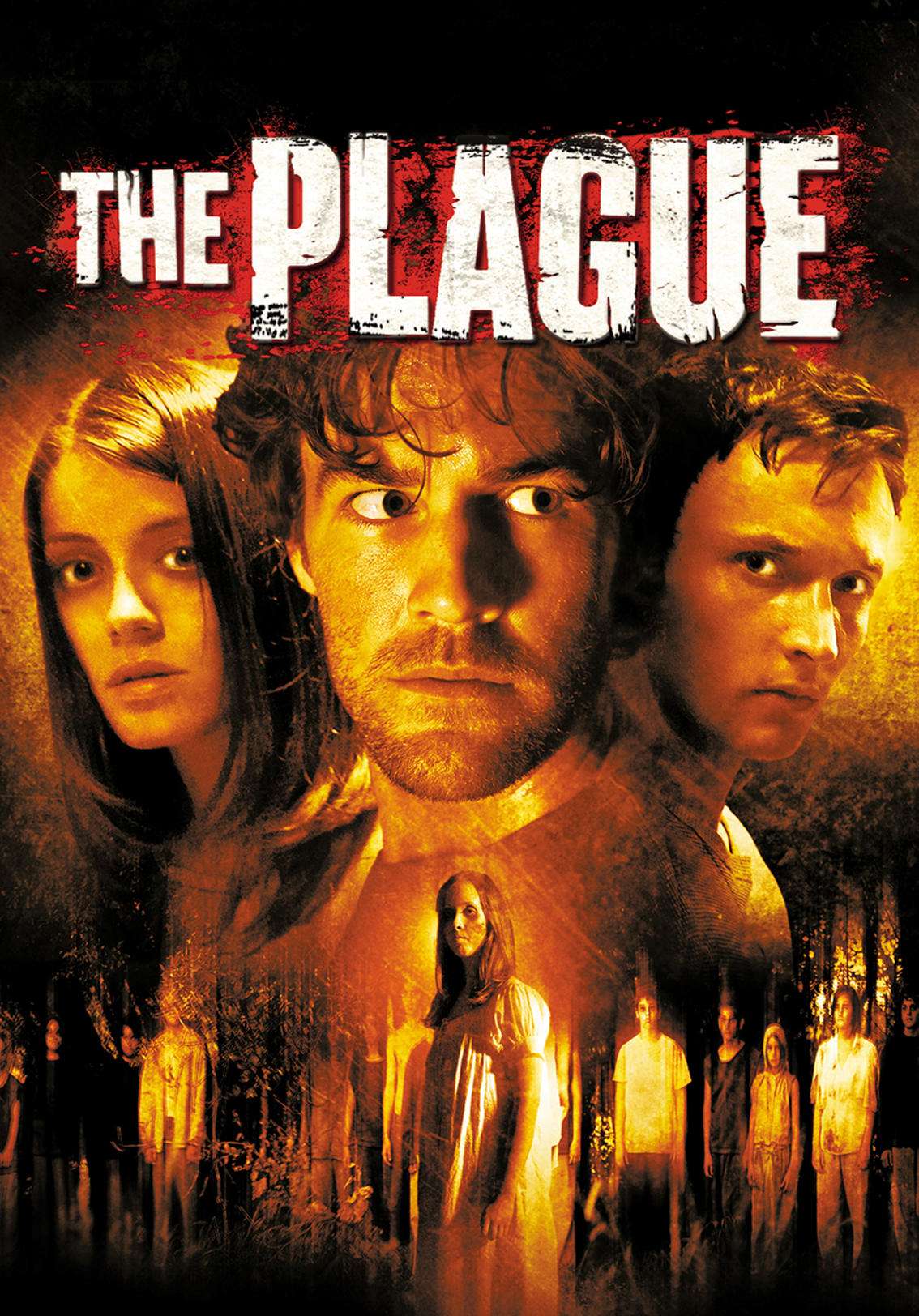
In an unusual turn of events, all children under the age of nine suffer agitation, bewilderment, and restlessness, as well as a catatonic state with a lack of movement and communication.
Parents were distraught as a result of the incident, and hospitals were flooded with youngsters who were unconscious. Every newborn child acquired catatonia during the next ten years, while the other children developed extraordinary strength and had seizures twice a day.
In 1993, all of the world’s asleep children awoke at the same time and set out to kill all of the adults. They had a collective mind to make matters worse. As a result, if one youngster learns something, the other learns it as well.
The murderous children block roads to stop the adults from escaping,but things got beyond control when they learned how to use firearms. If the adults don’t devise and execute a plan to stop them, the world would be bereft of any adult, only to be ruled by frenzied young minds.
Ezekiel 5:17 reads ‘I will send famine and wild beasts against you, and they will leave you childless. Plague and bloodshed will sweep through you, and I will bring the sword against you. I the LORD have spoken.’ The story builds itself on these words of the bible and lives and breathes in them.
In an unusual turn of events, all children under the age of nine suffer agitation, bewilderment, and restlessness, as well as a catatonic state with a lack of movement and communication. Parents were distraught as a result of the incident, and hospitals were flooded with youngsters who were unconscious.
Every newborn child acquired catatonia during the next ten years, while the other children developed extraordinary strength and had seizures twice a day. In 1993, all of the world’s asleep children awoke at the same time and set out to kill all of the adults.
They had a collective mind to make matters worse. As a result, if one youngster learns something, the other learns it as well. The thought itself is frightening but what strikes the viewer more is that these children are not even undead or reanimated.
They were in a catatonic or coma-like state for ten years, and all of them suddenly woke up with the intent of wiping all adults off the face of the Earth. The film could have been crafted in a better fashion with more thought towards acting and screenplay, but as a zombie film for DVD, it’s a triumph.
The Horde (2009)
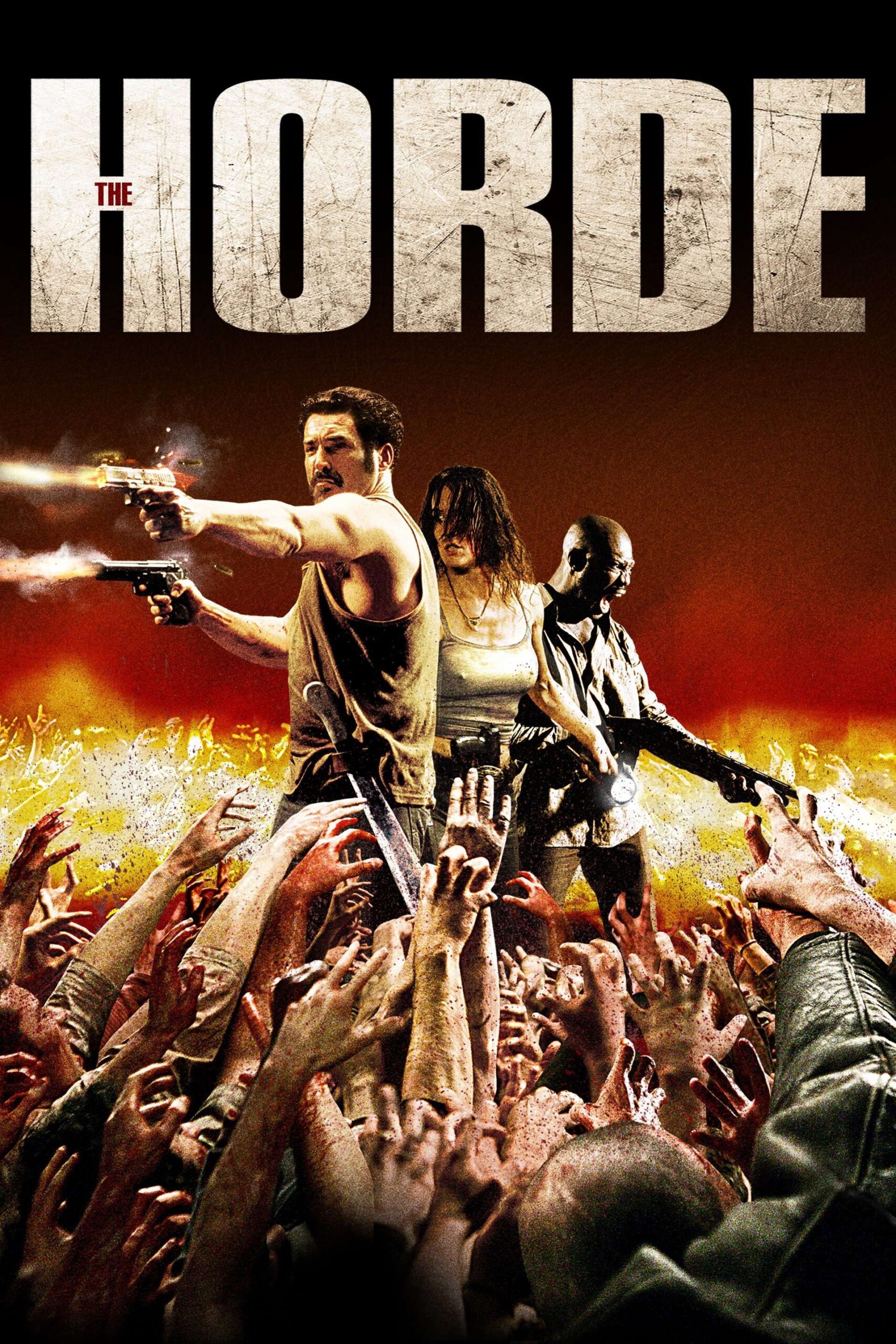
After a prominent drug dealer kills a comrade, a group of elite French police officers embark on a retribution expedition. The drug dealer and his thugs are holed up in a derelict high-rise building in the heart of Paris’s most corrupt and criminal district.
They burst into a residential complex in an attempt to apprehend him and bring him to justice, but they are apprehended and brought to the drug dealer. However, things take an unexpected turn when the opposing factions are attacked by an even bigger enemy in the form of a horde of zombies.
Cops and criminals will have to work together and trust one other if any of them want to leave the building in what can only be described as the strangest of alliances.
Co-written and directed by Yannick Dahan and Benjamin Rocher, The Horde is a thrilling action horror film. A premise like this where elite cops join hands with violent criminals is bound to make a great film, given the action sequences are well choreographed.
Now, if one adds zombies into the picture, what comes out is an hour or a couple of pure bliss and satisfaction. Directors Dahan and Rocher have filled the film with axes, guns, extremely elegant hand-to-hand combat, and loads and loads of badass attitude.
The film starts off a bit slow but soon, it picks up the rhythm and maintains it, and all that follows is an eager, desperate struggle to escape. The strongest acting performances were given by Claude Perron as Aurore, the badass female cop who loathes the idea of working with the criminal scum she came to hunt, Jean-Pierre Martins as Ouessem, the cop who made the reckless but obvious decision, and EriqEbouaney as AdewaleMarkudi, the drug dealer.
However, acting is not The Horde’s strongest suit. It’s a masterwork of brutality, gunshots, and bloodthirsty zombies who don’t care who they’re killing. Having said that, other from the intriguing premise, The Horde doesn’t offer much to the genre, and it could be an entertaining Saturday night movie if you don’t have anything else planned.
Dawn of the Dead (2004)
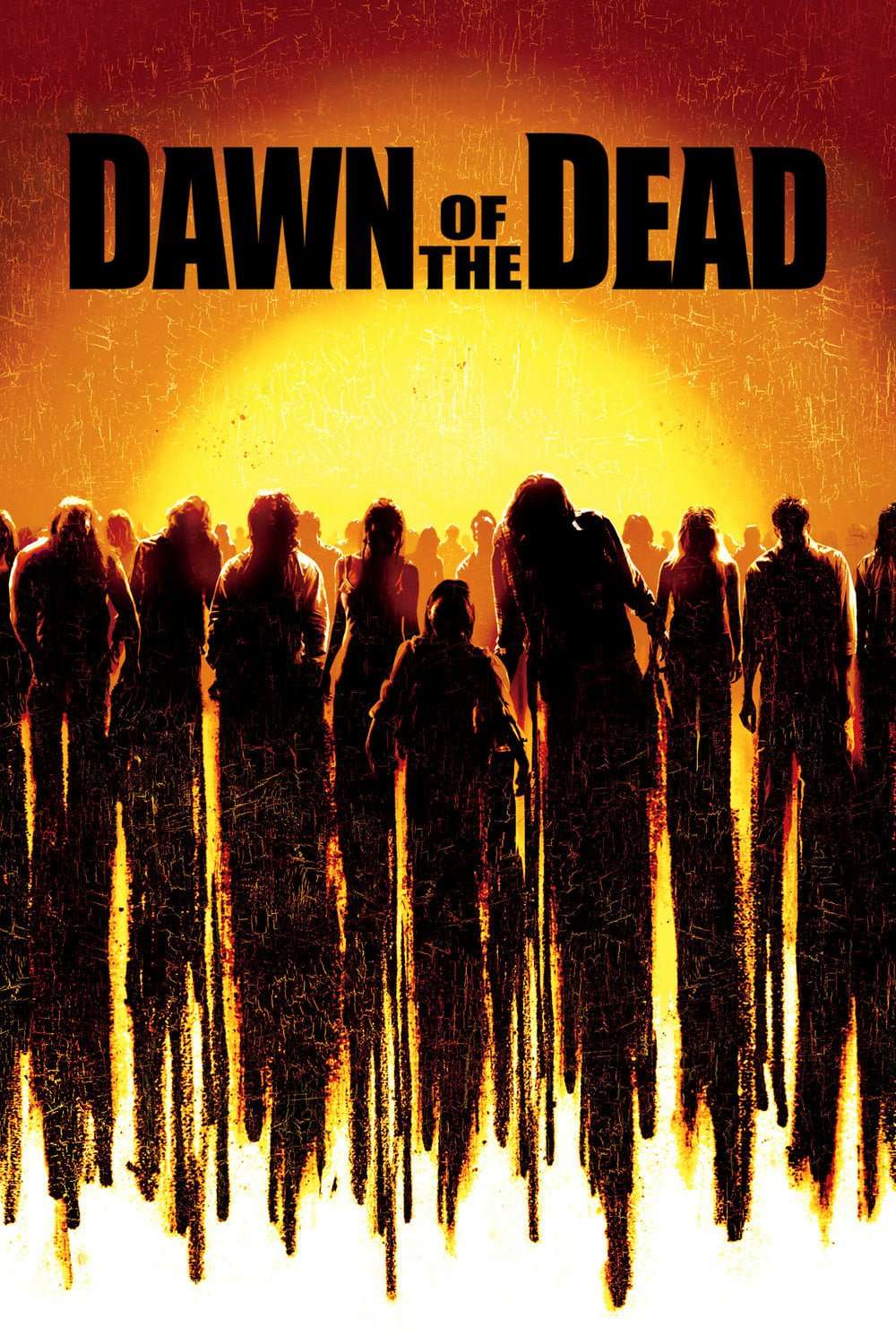
A Milwaukee County Hospital nurse Ana spends date night with her husband and misses a critical news bulletin. The following morning, a girl from their neighborhood enters the house and kills Louis. He quickly reanimates and transforms into a murderous zombie, Ana panics and leaves in her car.
She then joins police sergeant Kenneth Hall, like Michael, small-time criminal Andre, and his pregnant wife, Luda. For the sake of survival, they all break inside a mall and disperse to secure the mall’s exits and entrances.
They see another survivor called Andy stuck in his gun store from the mall’s roof. A television broadcast depicts cops setting fire to zombie corpses, with viewers being told that shooting zombies in the head kills them immediately.
They spend the night in terror, keeping a continuous eye on the zombies and the unfolding crisis, until a truck full of survivors arrives at the mall the next day. Ana and Michael, as well as Nicole and Terry, find ways to establish romantic sentiments despite their dire circumstances.
Meanwhile, zombies kill Bart, and a pregnant Luda had fully transformed into a zombie. She seemingly dies before giving birth but reanimates and is killed by one of the survivors. However, to everyone’s surprise, Andre reveals a zombie baby.
Strangely, Luda gave birth to the zombie baby after death. The group realizes that staying in the mall will only result in more deaths, and they resolve to fight their way to the marina and use Steve’s yacht to travel to a Lake Michigan island.
The film is a remake of George A. Romero’s 1978 film Dawn of the Dead. Remakes always imitate and rarely duplicate their original work, and what’s rarer is for a remake to surpass the glory of its source. Directed by Zack Snyder and written by James Gunn, Dawn of the Dead is a true zombie classic as well as one of the best horror pictures ever created.
The very presence of Hollywood’s alpha geeks like Snyder and Gunn signalled that the film would be a huge success, both monetarily and critically. The picture begins on a bleak and tight note, but halfway through, it stops being deliciously frightening and develops into a terrifying work of cinematic art.
The film has a high kill count, but no matter who kills whom, the deaths are criminally elegant. While Romero’s film concentrated more on the mall and served as a satire on American consumer society, Snyder and Gunn used the mall as a setting for their action.
This way, as an action horror, it served more purpose than Romero’s work. Having said that, it’s not that this film lacks depth. Gunn essentially wrote the script with redemption as the primary theme.
It’s about a group of people who lived a certain life in the past and learned certain skills that defined them, but they lost everything, from their churches and families to their jobs and futures. They start afresh and redeem themselves as good humans by helping others in a moment of crisis.
And the few who didn’t walk this path, well… Dawn of the Dead is a true zombie classic as well as one of the best horror pictures ever created. The very presence of Hollywood’s alpha geeks like Snyder and Gunn signalled that the film would be a huge success, both monetarily and critically.
The picture begins on a bleak and tight note, but halfway through, it stops being deliciously frightening and develops into a terrifying work of cinematic art. The film has a high kill count, but no matter who kills whom, the deaths are criminally elegant. While Romero’s film concentrated more on the mall and served as a satire on American consumer society, Snyder and Gunn used the mall as a setting for their action.
